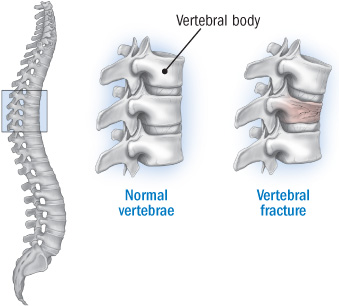+918292345710

This is your website preview.
Currently it only shows your basic business info. Start adding relevant business details such as description, images and products or services to gain your customers attention by using Boost 360 android app / iOS App / web portal.
With the global rise in the population of elder...

With the global rise in the population of elderly along with other risk factors, spine surgeons cause problems in management, particularly where instrumentation is involved, resulting in screw loosening, pull out, pseudoarthrosis or adjacent segment kyphosis. Various advancements have been made such as increasing the diameter and length of the screw, smaller pilot hole, under tapping, longer constructs, supplemental anterior fixation, sublaminar wires or laminar hooks, use of transverse connectors and triangulation techniques, among others. They include novel surgical techniques such as cortical bone trajectory, superior cortical trajectory, double screw technique, cross trajectory technique, bicortical screw technique or prophylactic vertebroplasty. Advances in the screw design include expandable screws, fenestrated screws, conical screws and coated screws. In addition to PMMA cement augmentation. Pharmacotherapy with teriparatide can aid fusion and lower the rate of pedicle screw loosening. Many of these strategies have only bio mechanical evidence and require well designed clinical trials to establish their clinical efficacy. Though no single technique is fool proof, little modifications in the existing techniques or utilizing a combination of techniques without adding to the cost of the surgery may help to achieve a near-ideal result. It has been shown that the resection of ligaments, facet joints, and laminectomy are associated with the increased range of movements in a spinal segment and as a consequence, an increase in the stress on screw-bone interface that may lead to pedicle screws loosening.

